Last Chance to Catch NYC's Holiday Notalgia Train
We met the voices of the NYC subway on our nostalgia ride this weekend!


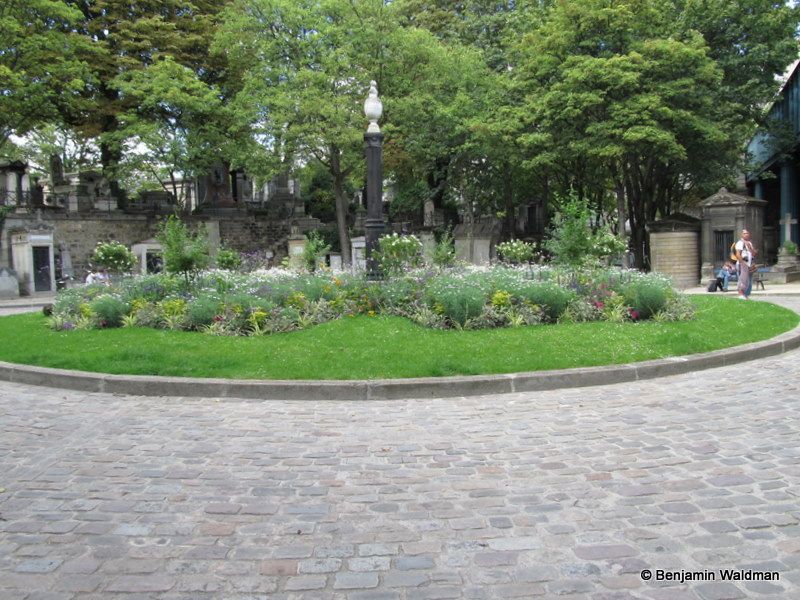
Exploring Paris’s cemeteries–(Montmartre, Montparnasse, Passy, Père Lachaise, and Picpus)–can be a rewarding task. Artists, statesmen, and industrialists abound in these cities of the dead. Additionally, memorials, historical relics, and works of art make such trips all the more fascinating. With enough time, Paris’ cemeteries will reveal their treasures to any visitors. Given that most visitors are on a strict schedule, a cemetery map will save valuable time when conducting a tour of the cemetery’s highlights. However, most maps only point to the general area in which the tomb is located. This leads to aimless wandering and frustration which can be minimized with prior knowledge of a tomb’s design. Therefore, I hope that these articles will serve as a useful tool for visitors to Paris’ cemeteries as well as a guide to those interested in learning more about some of the most famous and interesting sites in Paris.
Cimetière de Montmartre was established, in the manner in which it now exists, in 1824. The cemetery is located in an abandoned gypsum quarry, and its entrance is at 20, Avenue Rachel. During the French Revolution, the quarries were used as mass graves. Several hundred Swiss Guards killed defending the Tuileries Palace were buried there. After the revolution, the quarry became a proper cemetery. It was initally named Cimetière des Grandes Carrières (the cemetery of the large quarries) and was renamed Cimetière de la Barrière Blanche ( the cemetery of the white barrier) before becoming the Montmartre Cemetery.
Since the cemetery is located in a former quarry, a road runs through it. Rue Caulaincourt exists as a beautiful lattice metal viaduct, called the Pont Caulaincourt, over the cemetery. Degas, Heine, and Stendhal have been laid to rest in the cemetery and while Zola’s tomb can still be seen, his remains were transferred to the Pantheon.
The cemetery’s architecture and monuments:
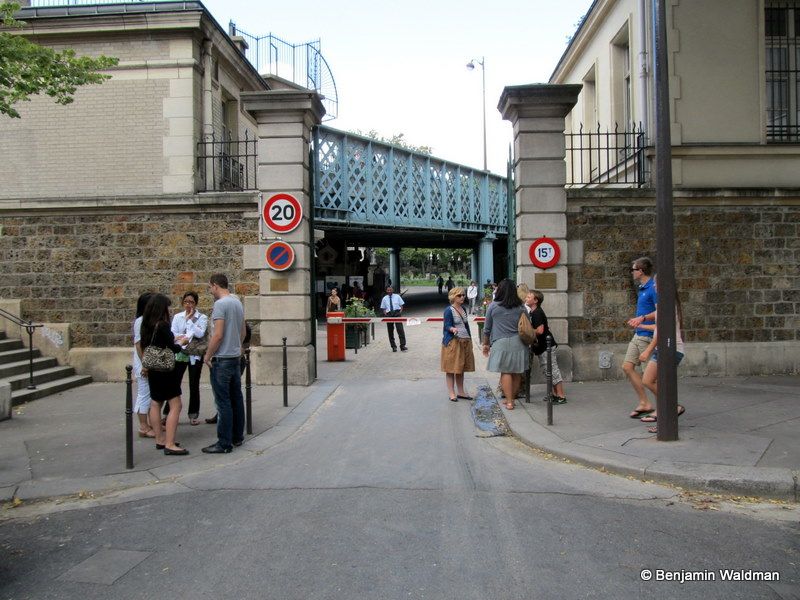
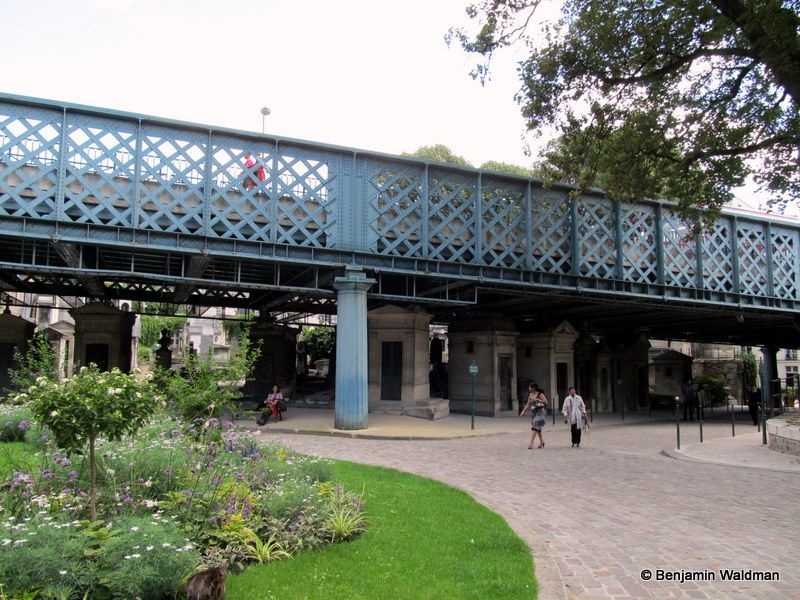
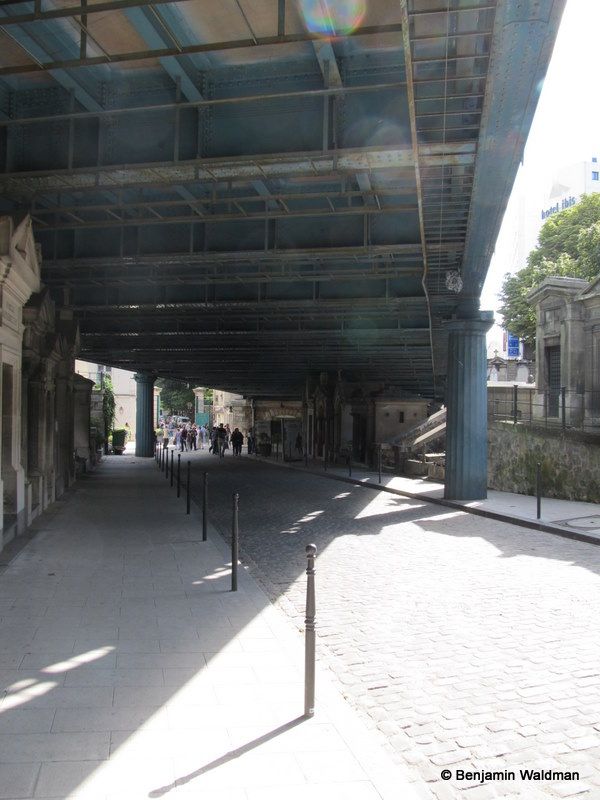
Montmartre’s famous residents:
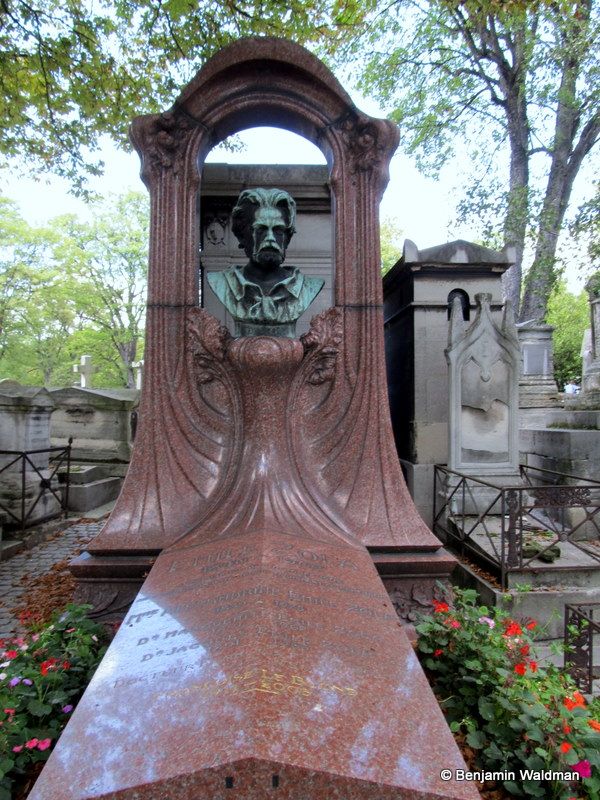
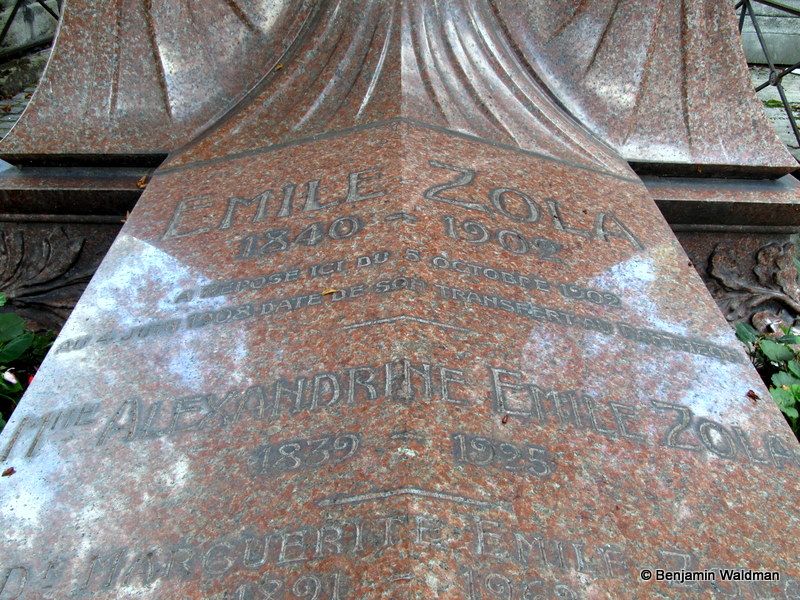
The author Émile Zola’s beautiful art nouveau tomb (his body was moved to the Pantheon)
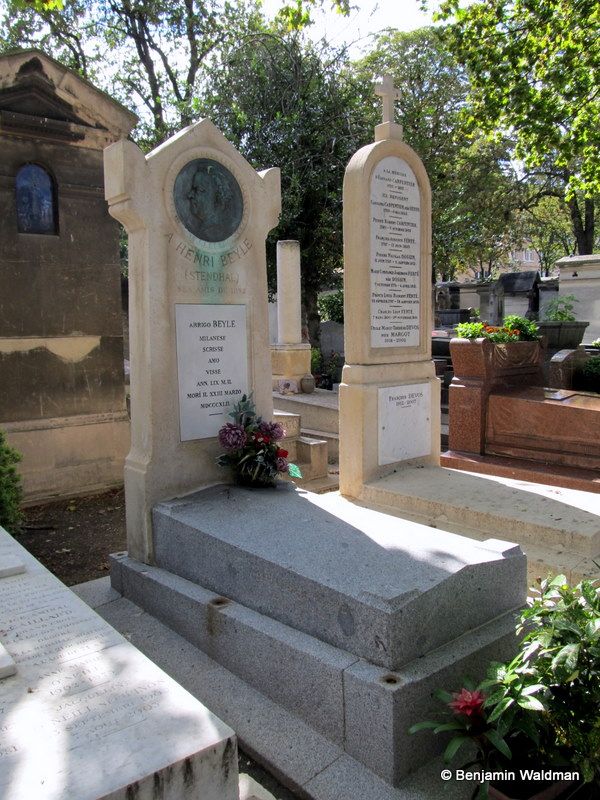
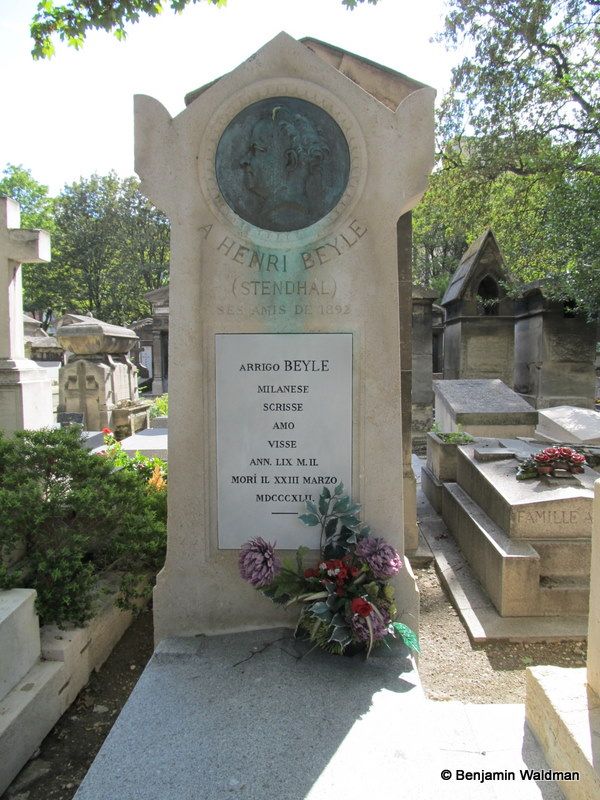
Stendhal (Marie-Henri Beyle), writer
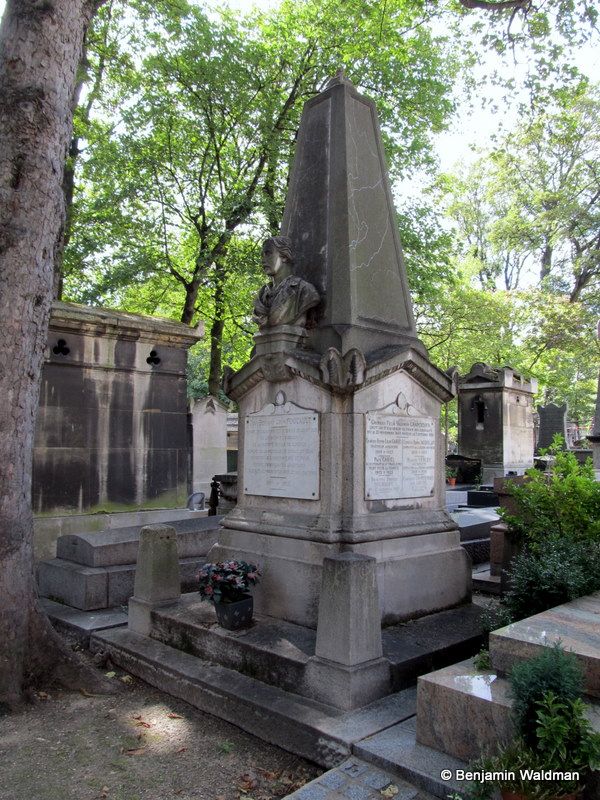
Jean Foucault, scientist whose pendulum is installed in the Pantheon
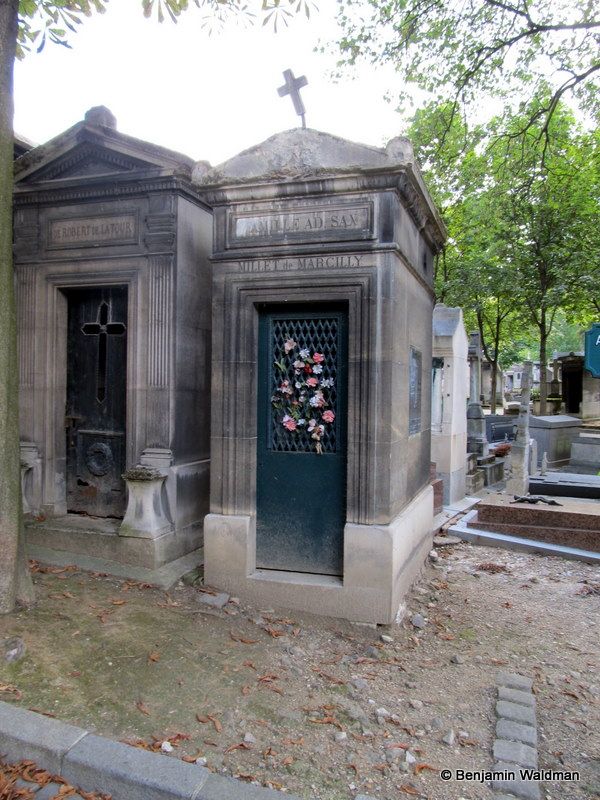
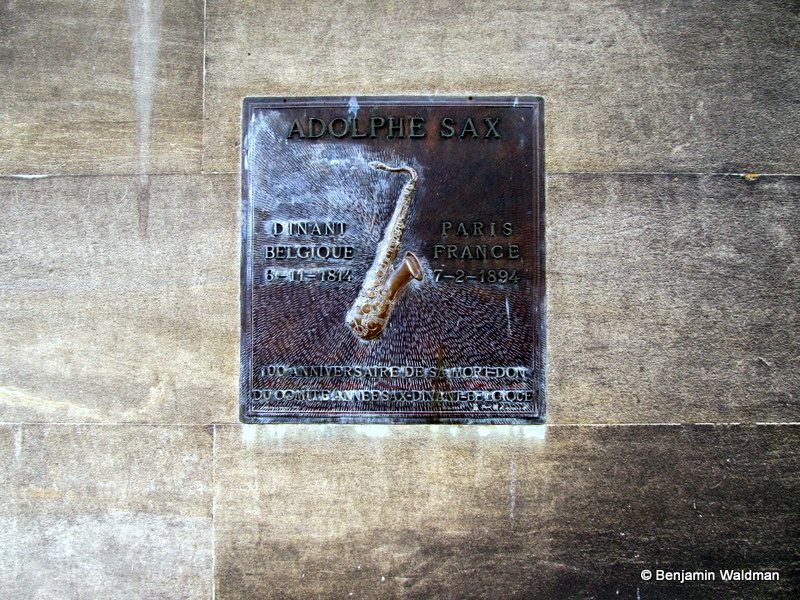
Adolphe Sax, inventor of the Saxophone
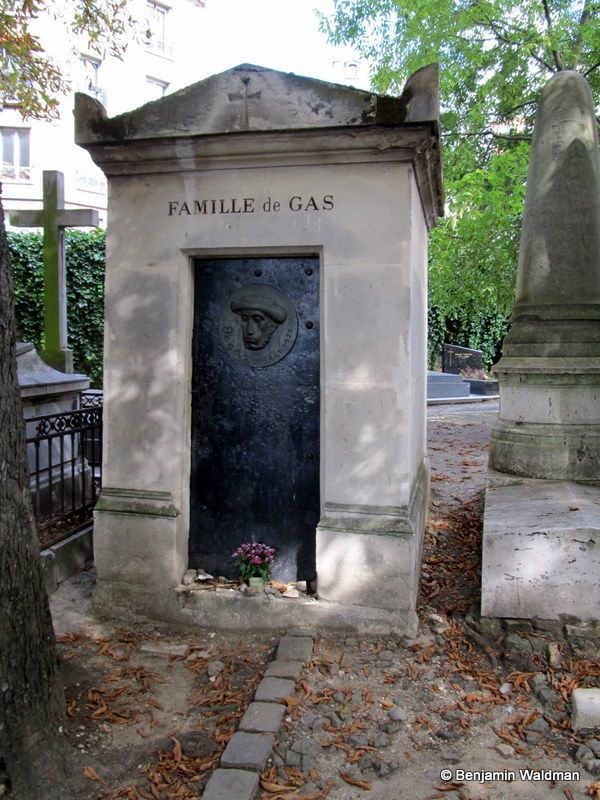
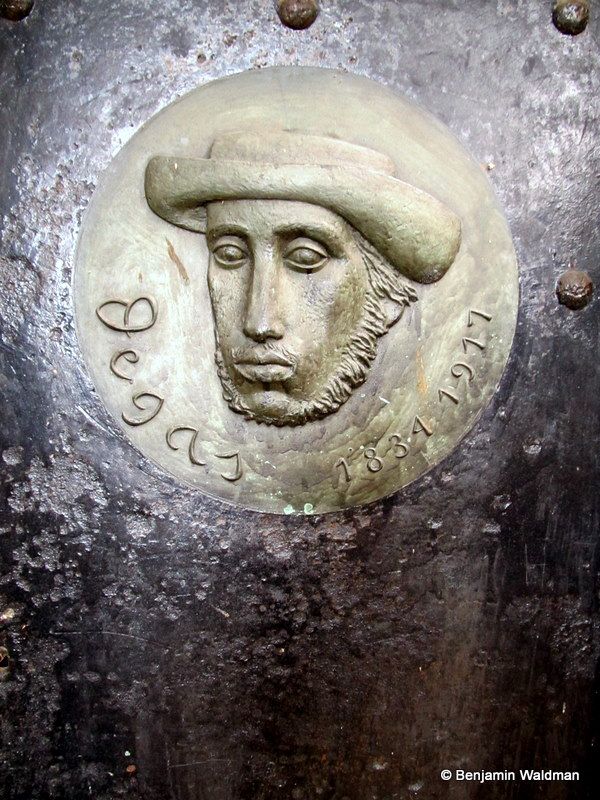
Edgar Degas, painter
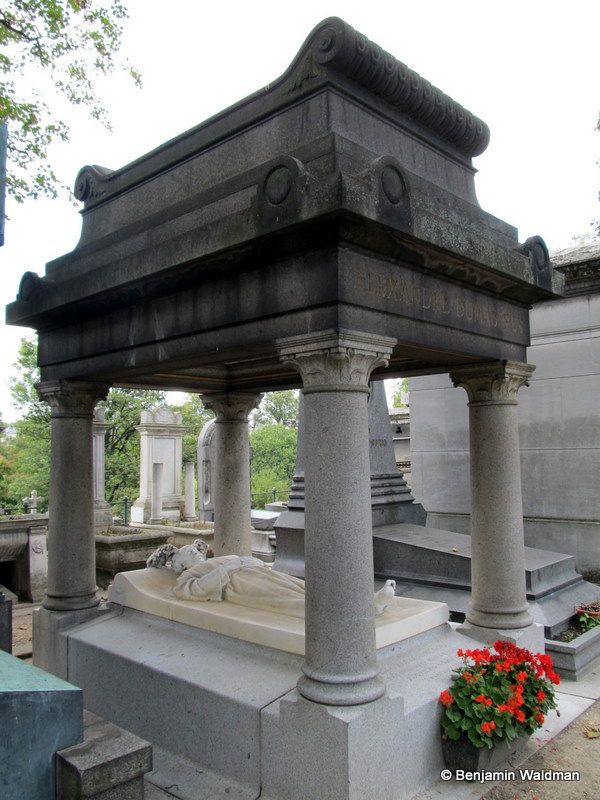
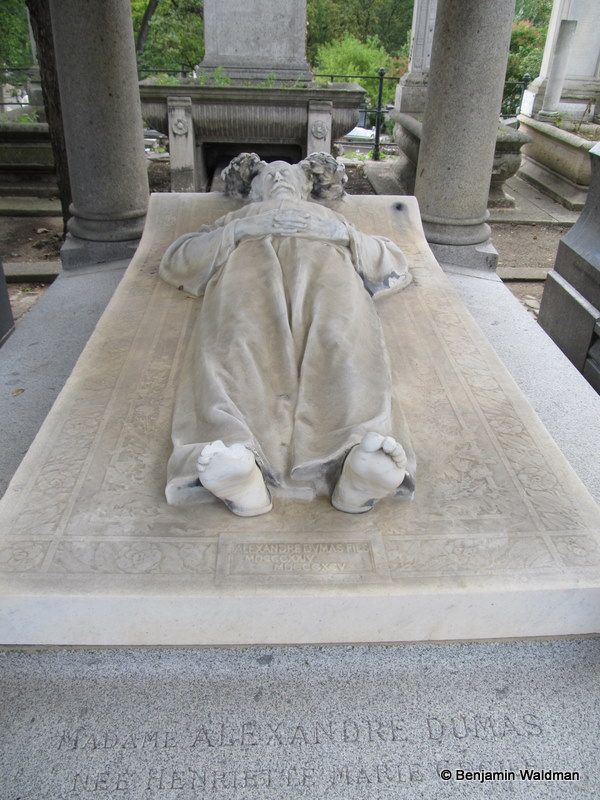
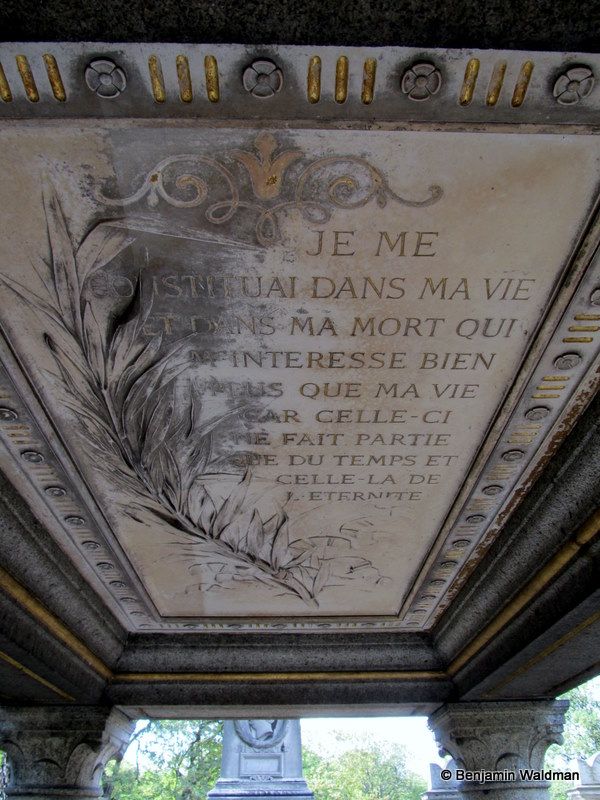
Alexandre Dumas, fils, author and playwright
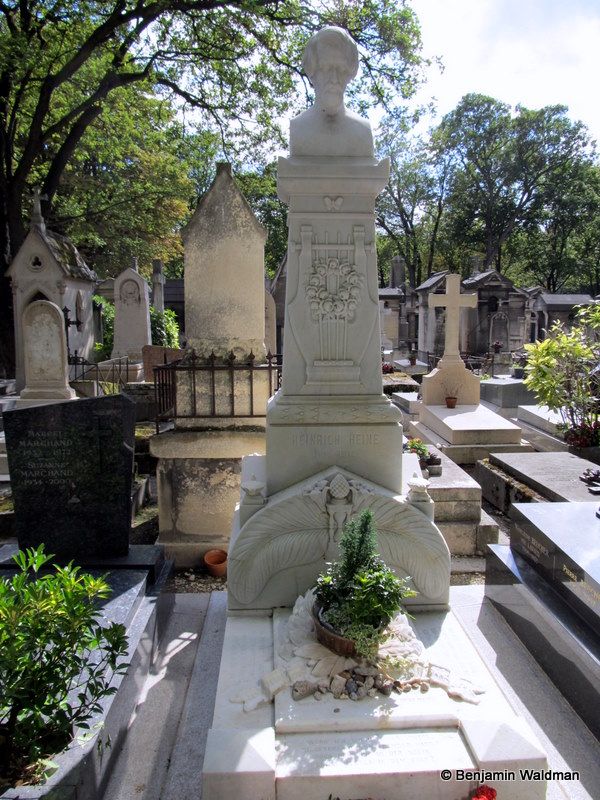
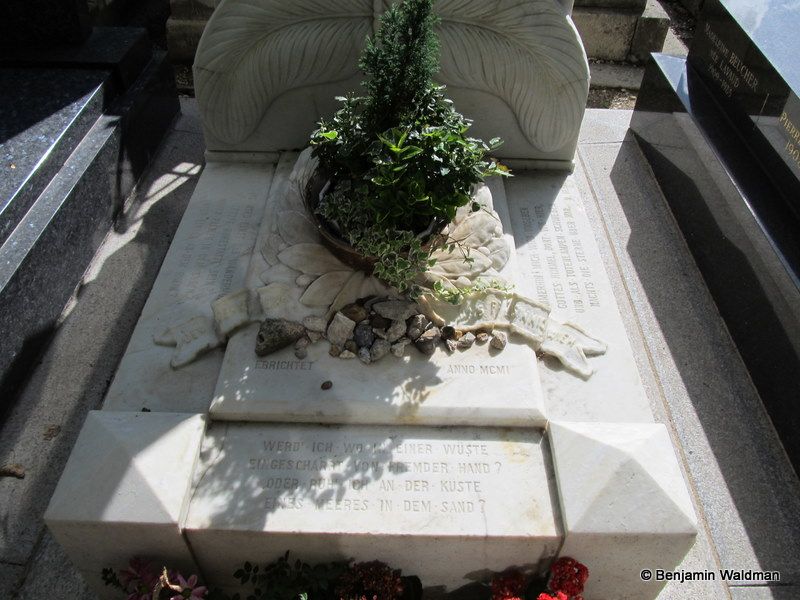
Heinrich Heine, Poet
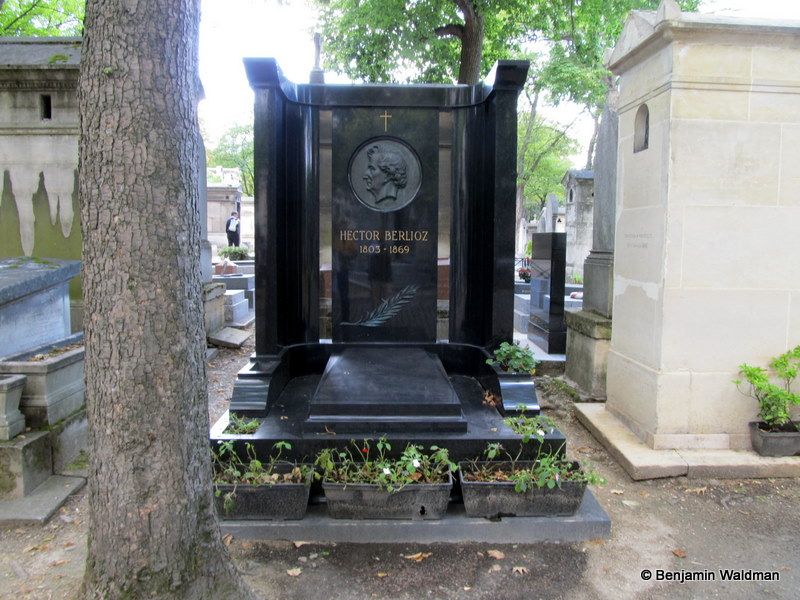
Hector Berlioz, composer
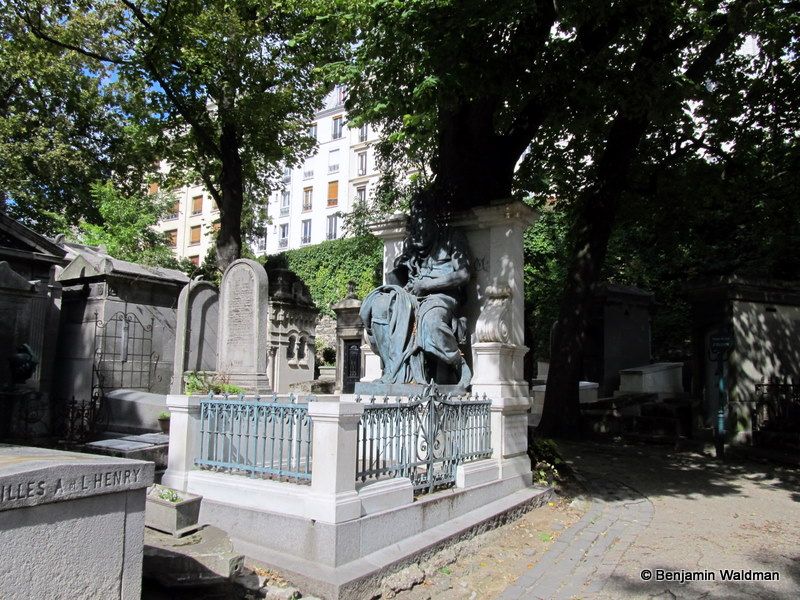
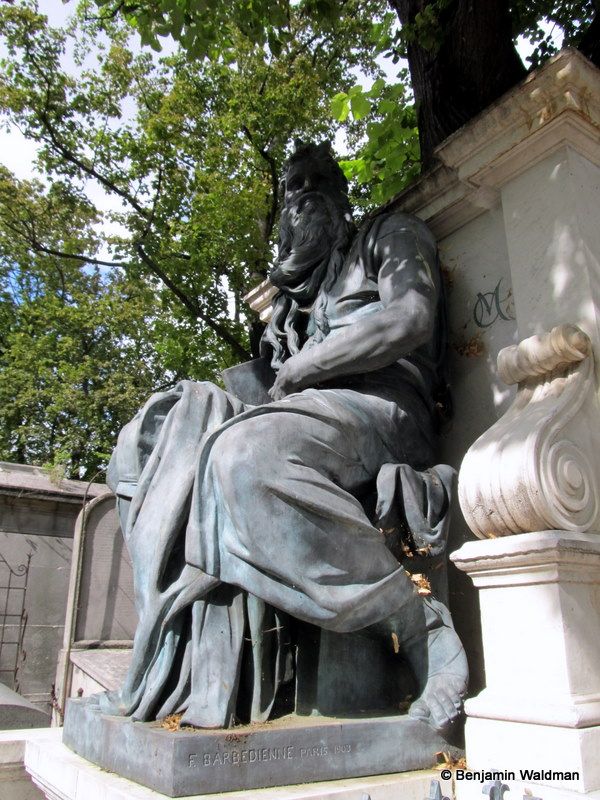
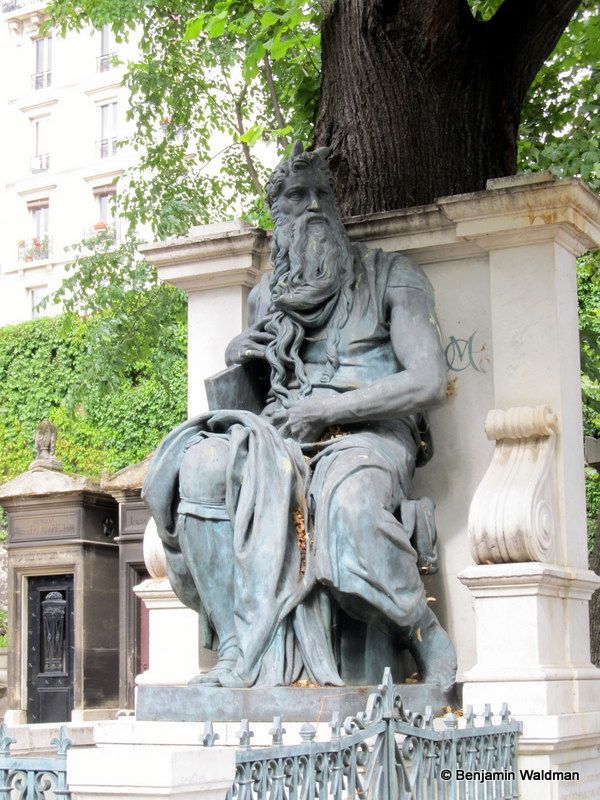
Daniel Iffla (also known as Osiris), philanthropist
Tombs with interesting art and designs:
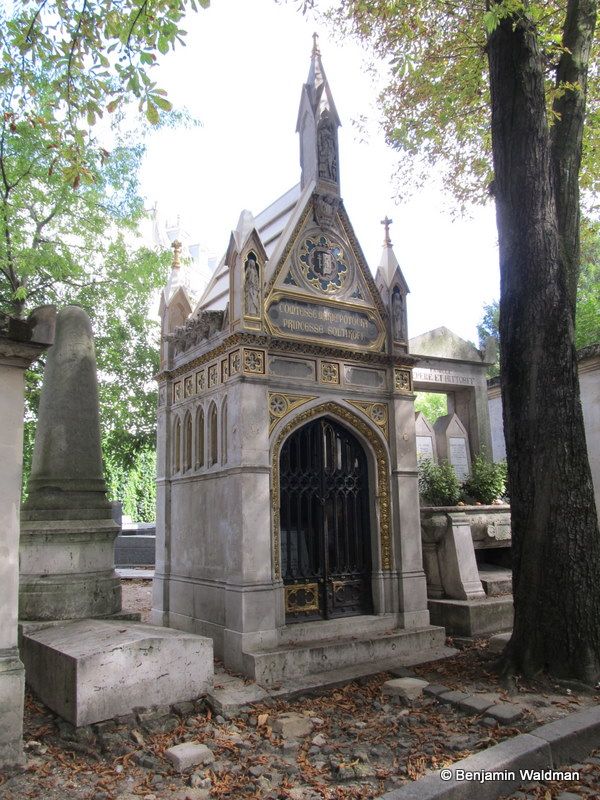
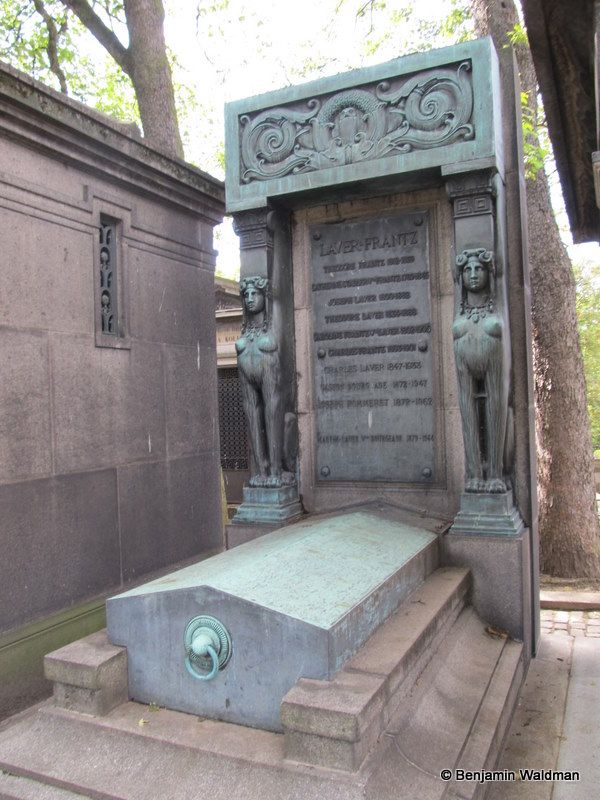
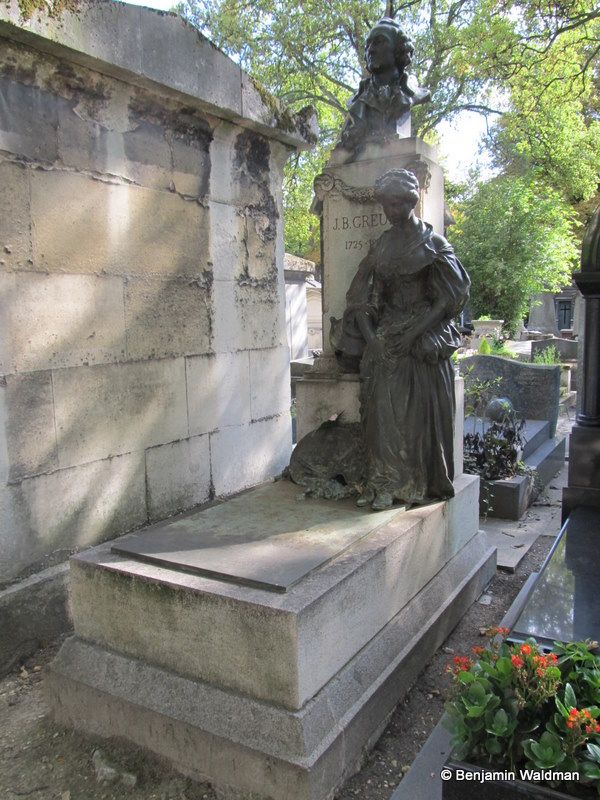
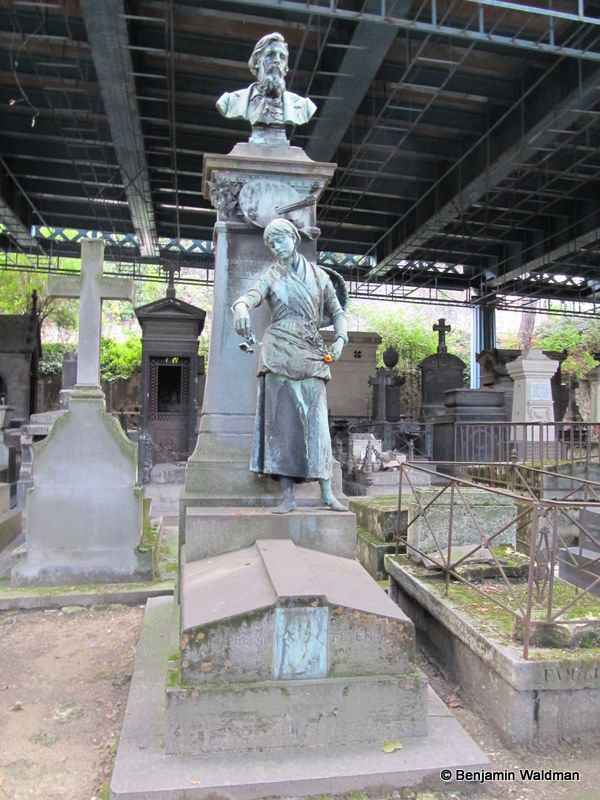
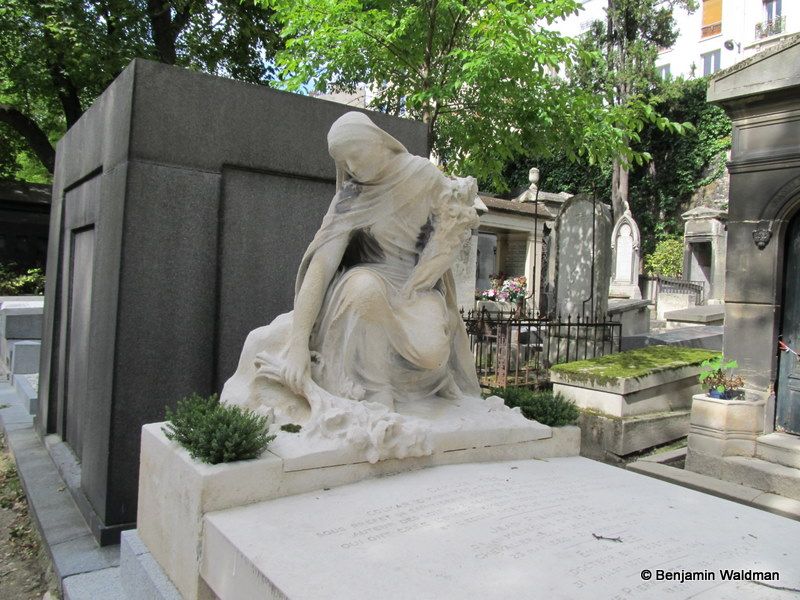
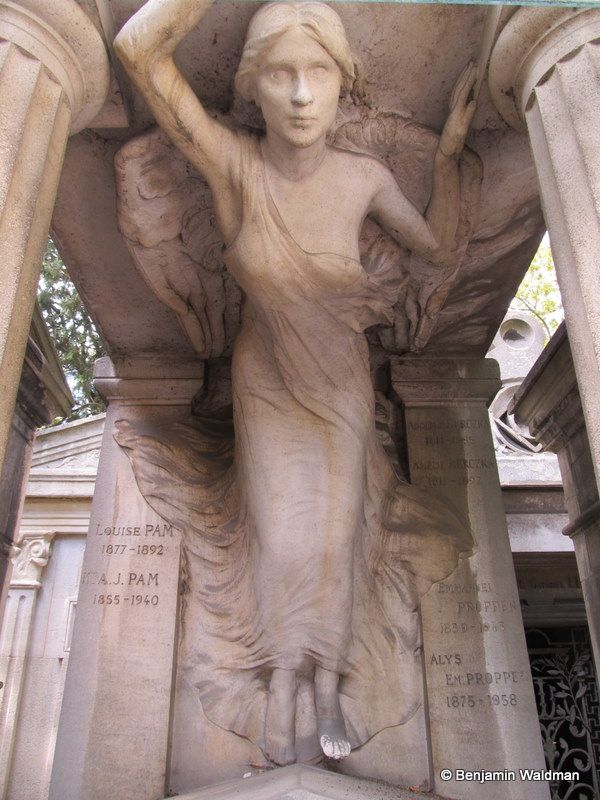
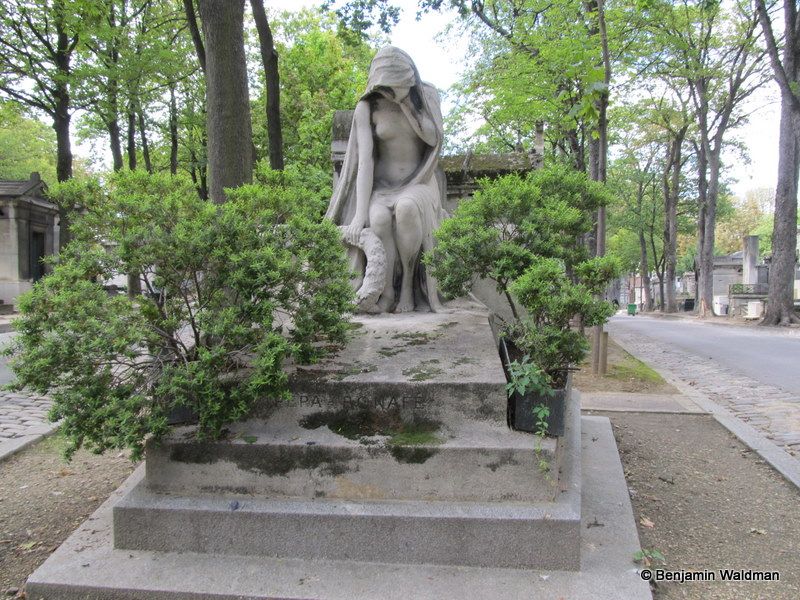

Views of the cemetery:
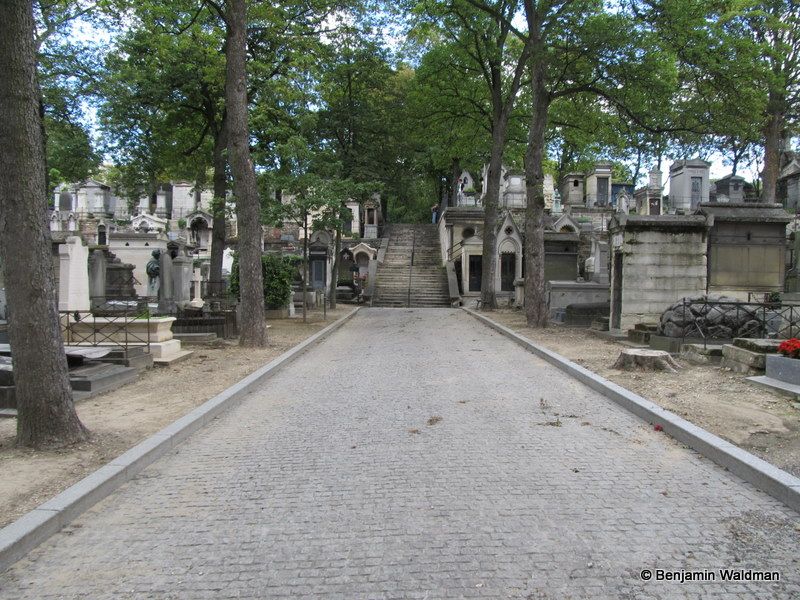
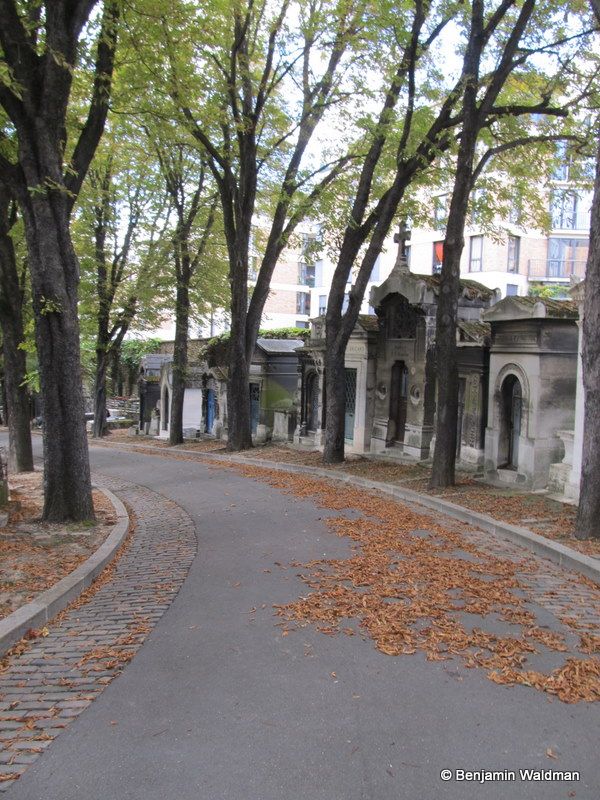
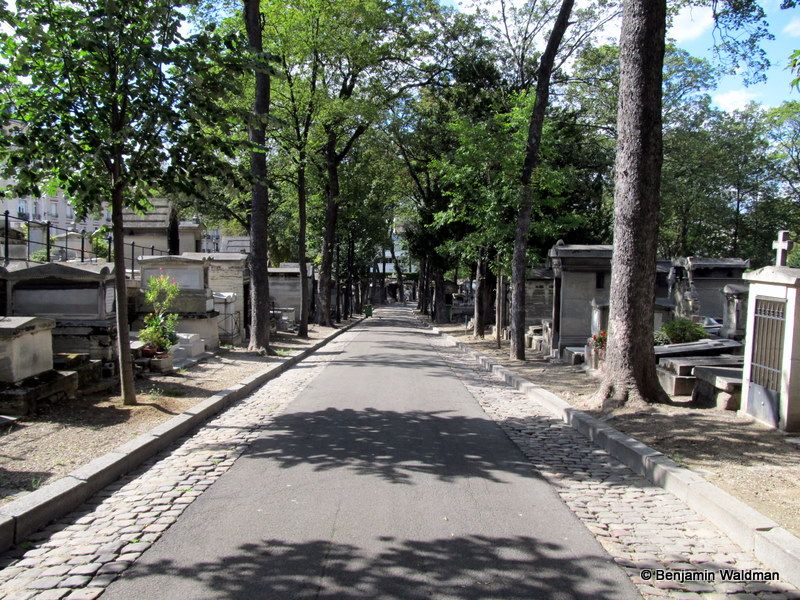
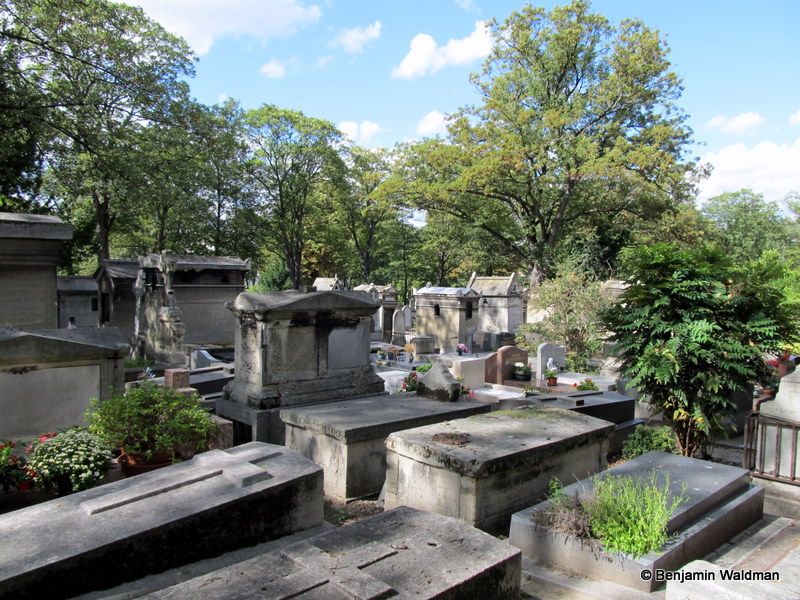
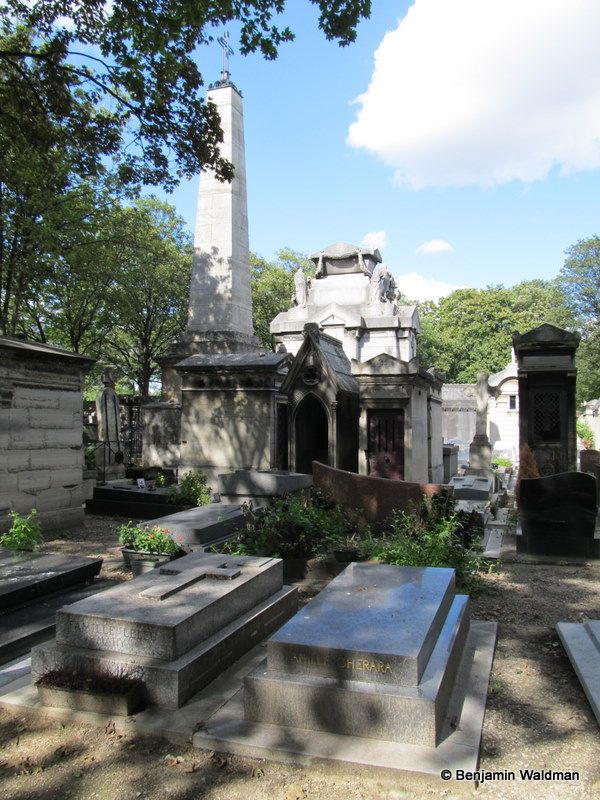
Subscribe to our newsletter